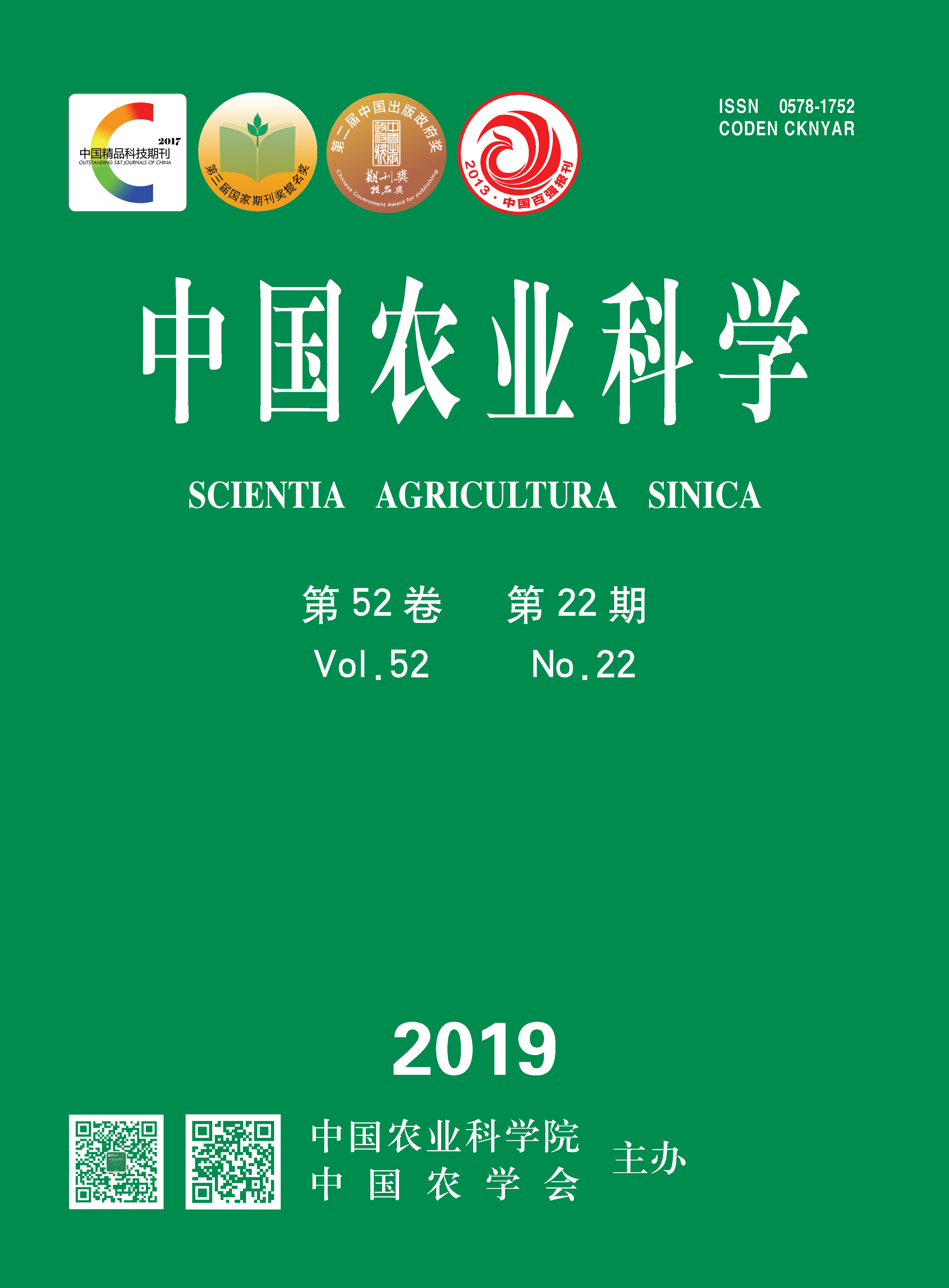【Objective】 The objectives of this study are to identify the NADP-ME family genes (SiNADP-MEs) from foxtail millet (Setaria italica) genome, study the response of different members to abiotic stress, and to lay a theoretical foundation for revealing the role of SiNADP-ME genes in stress signal pathway of foxtail millet. 【Method】 The members of NADP-ME family in the foxtail millet genome were identified by bioinformatics methods. The protein and gene sequence of identified members were analyzed using software such as GSDS2.0, plantCARE, Clustalx, MEGA6.0 and the website ExPASy. Real-time quantitative PCR (qRT-PCR) was used to detect the expression levels of SiNADP-ME genes under different stresses at seedling stage, under drought and different light intensities stress at different growth stages. 【Result】 The NADP-ME family of foxtail millet consists of seven members, which were unevenly distributed on chromosomes 2, 3, 5, and 7 of foxtail millet. Conservative functional domain analysis revealed that all seven genes contain the conserved characteristic domains of NADP-ME. Amino acid sequence alignment revealed that the sequences were very conserved and the similarity was very high among the members. The sequence identity of 7 SiNADP-ME members was 77.30%, while the identity of NADP-MEs in different species was 56.52%. Sequence analysis showed that the sequences of SiNADP-ME1, 4, 5, and 6 were longer, encoding 576, 639, 652, and 636 amino acids residues respectively, while the sequences of SiNADP-ME2, 3, and 7 were shorter, encoding 213, 265 amino acids residues respectively. Gene structure analysis showed that SiNADP-ME1 has two alternative transcript, SiNADP-ME5 has three alternative transcript, and other genes have no alternative transcript. SiNADP-ME1, 2, 3 and 7 contain fewer introns, while SiNADP-ME4, 5 and 6 contain more introns. The prediction of protein parameters showed that the molecular weight span among members is large, ranging from 161.94 to 725.43 kD, the isoelectric point from 5.32 to 8.05, the instability index from 23.01 to 45.01, the aliphatic index from 89.19 to 107.77, and the grand average of hydropathicity from -0.218 to 0.004. Subcellular localization predictions show that SiNADP-ME members are mainly localized in chloroplasts, mitochondrial and cytoplasmic. Cis-elements analysis revealed that hormonal, stress, light, and other growth-related cis-elements are present in the promoter region of the SiNADP-ME members. Cluster analysis revealed that SiNADP-ME genes were present before the isolation of monocotyledonous and dicotyledonous plants. The homologous pairs of different species present in the phylogenetic tree revealed that they may evolve from a common ancestor, suggesting that they may have similar functions in certain signaling pathways. Stress expression analysis of seedling stage showed that the expression levels of all the SiNADP-ME family genes were significantly induced under the four stresses applied in this paper. The highest relative expression levels of SiNADP-ME1 under ABA, low temperature and NaCl treatment were 460.53, 411.50 and 15.24 folds than that of the control respectively, while the highest relative expression levels of SiNADP-ME6 under ABA, low temperature, PEG and NaCl treatment were 211.13, 15.21, 772.41 and 643.99 folds than that of the control respectively. Further analysis showed that the expression levels of SiNADP-ME1 and SiNADP-ME6 were up-regulated under drought stress at jointing, heading and filling stage.【Conclusion】 Seven members of NADP-ME gene family were identified from foxtail millet genome. All SiNADP-ME genes contain the typical characteristic domains of the NADP-ME, and their sequences are very conserved. All of the SiNADP-ME genes are involved in plant abiotic stress response, especially SiNADP-ME1 and SiNADP-ME6 may play an important role in response to abiotic stress.









